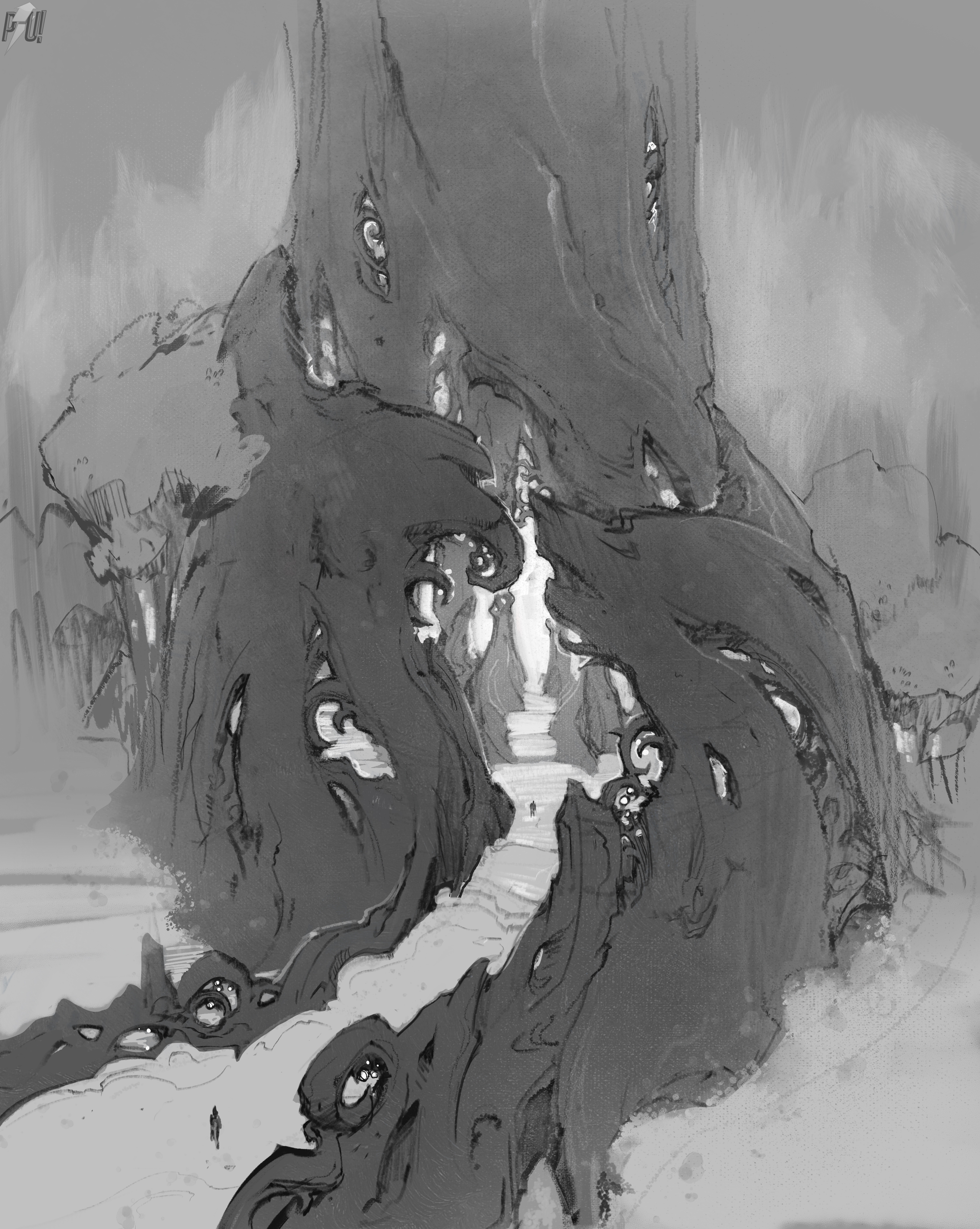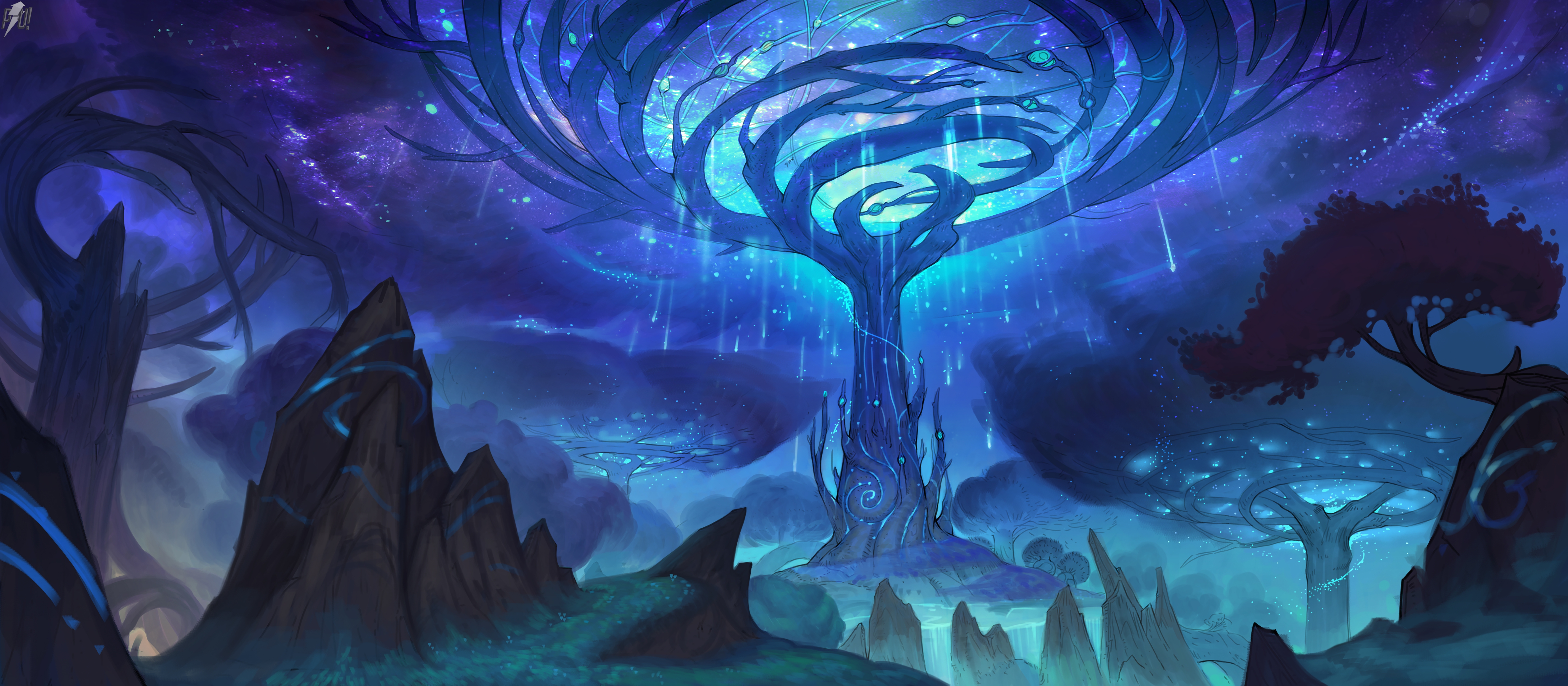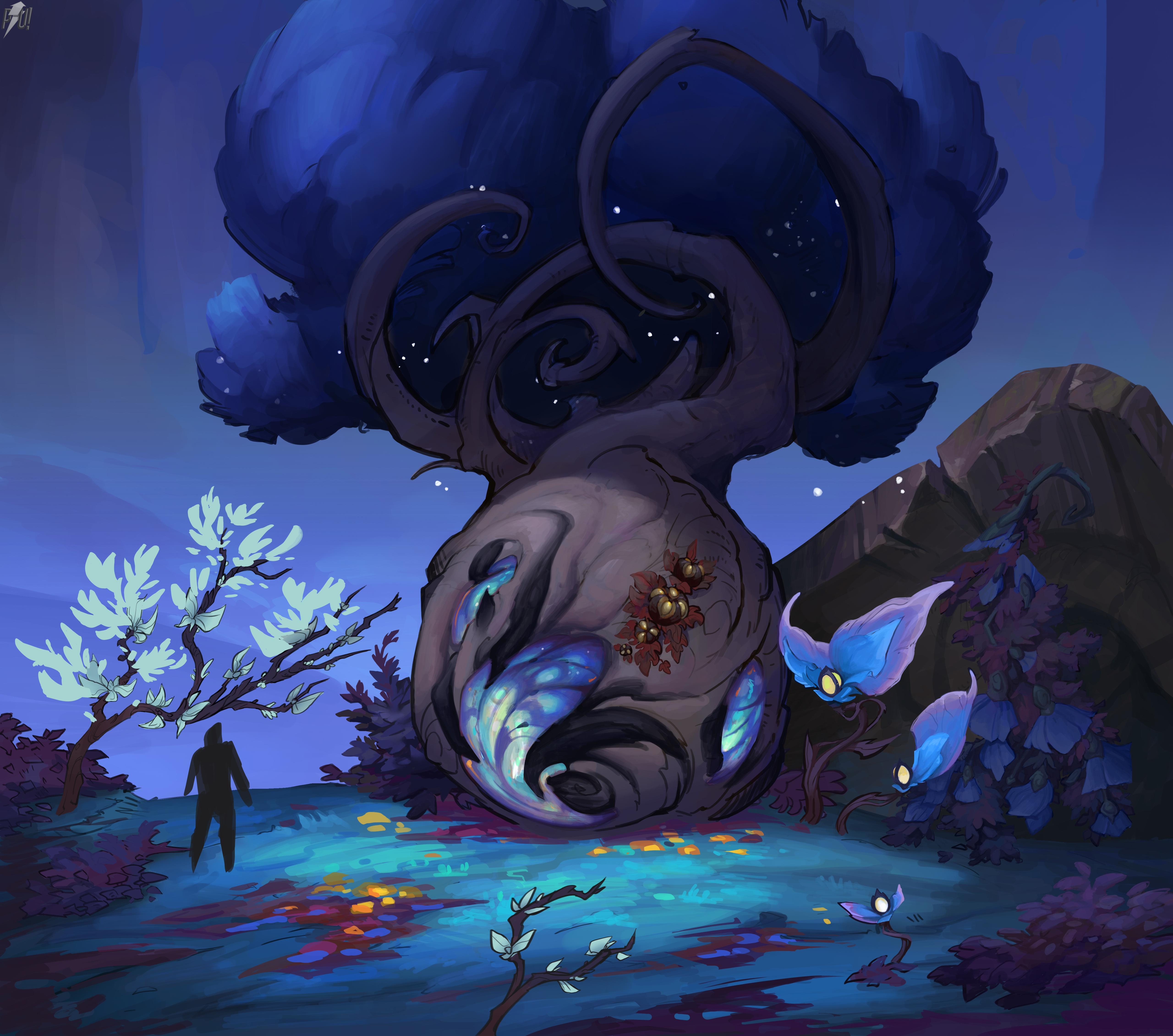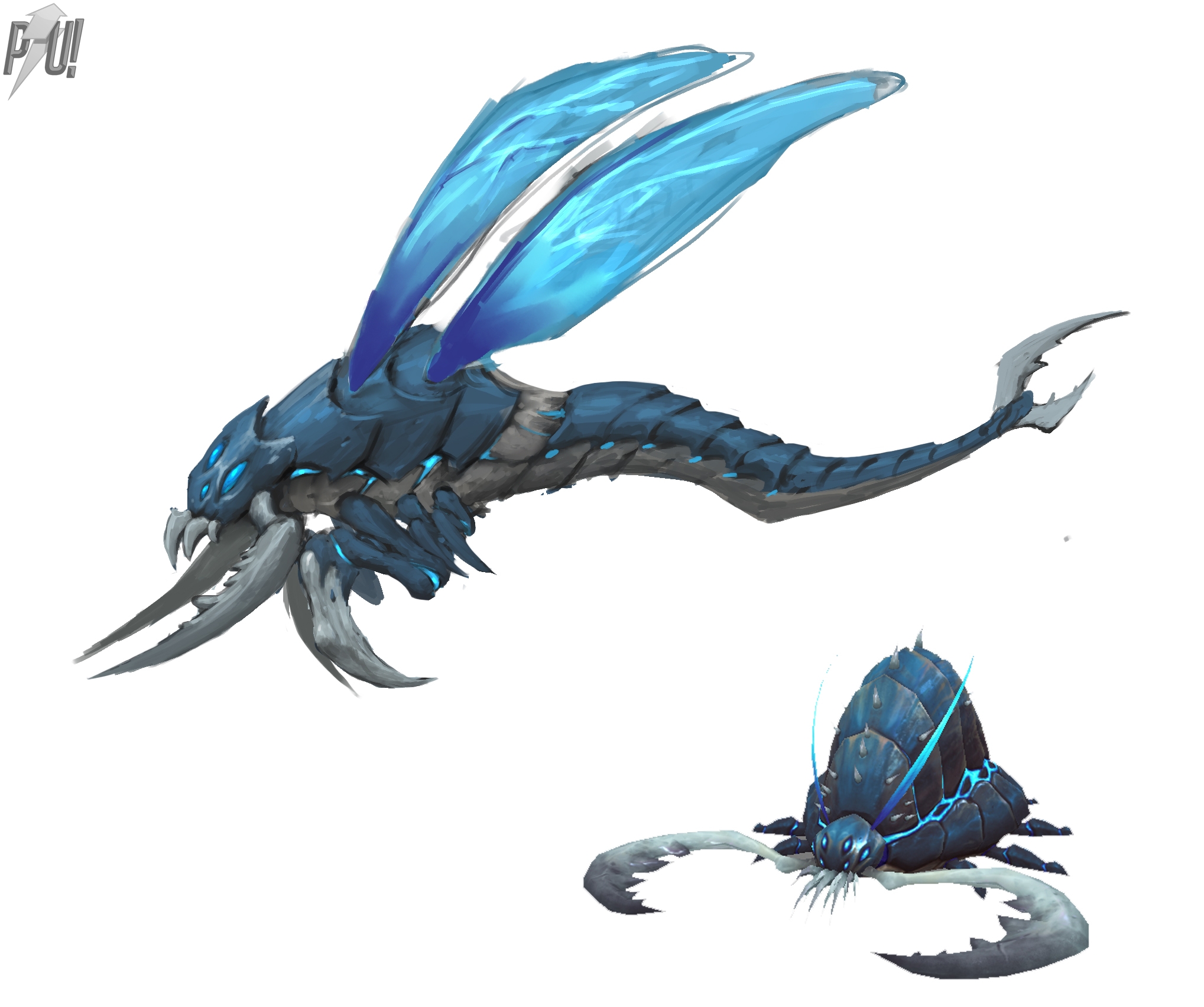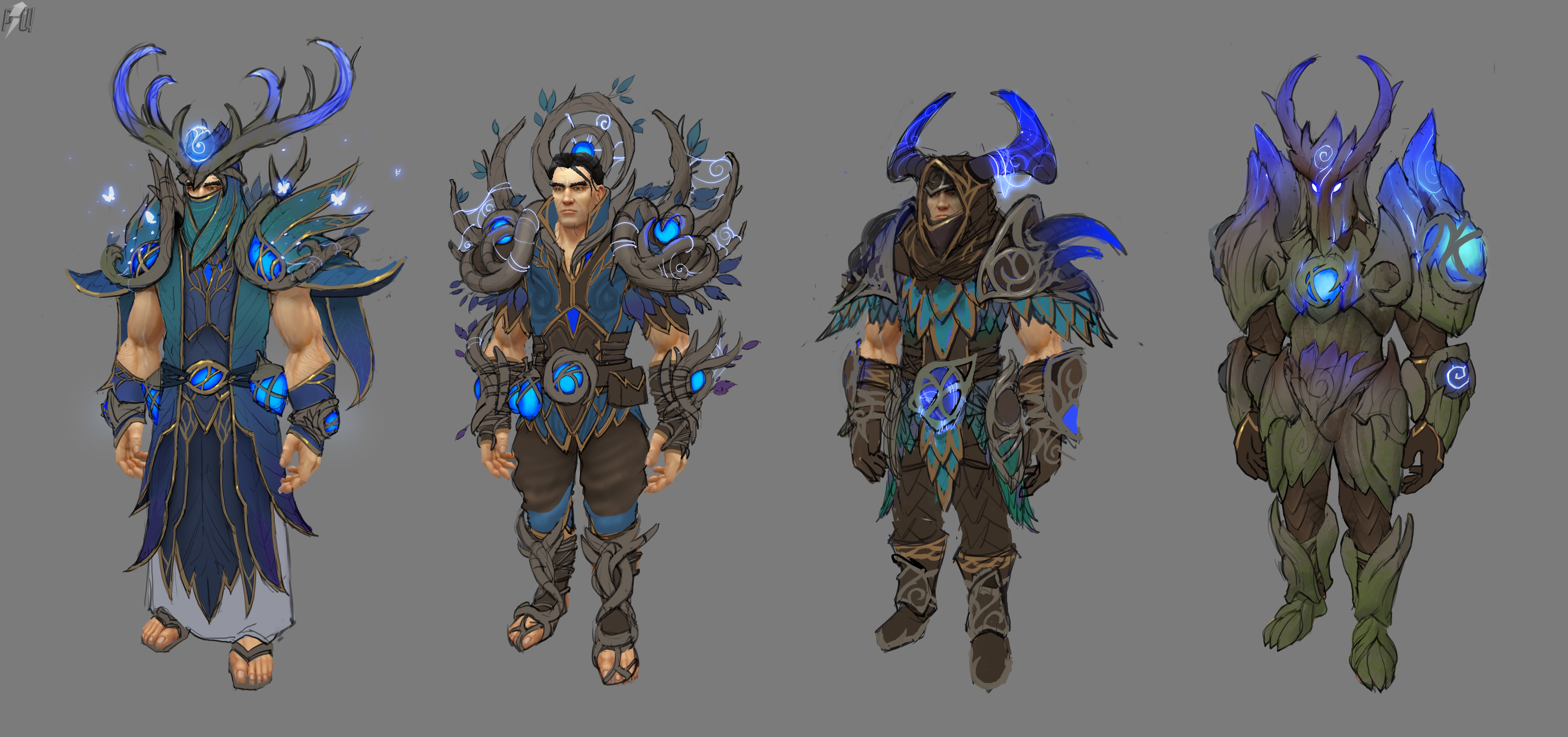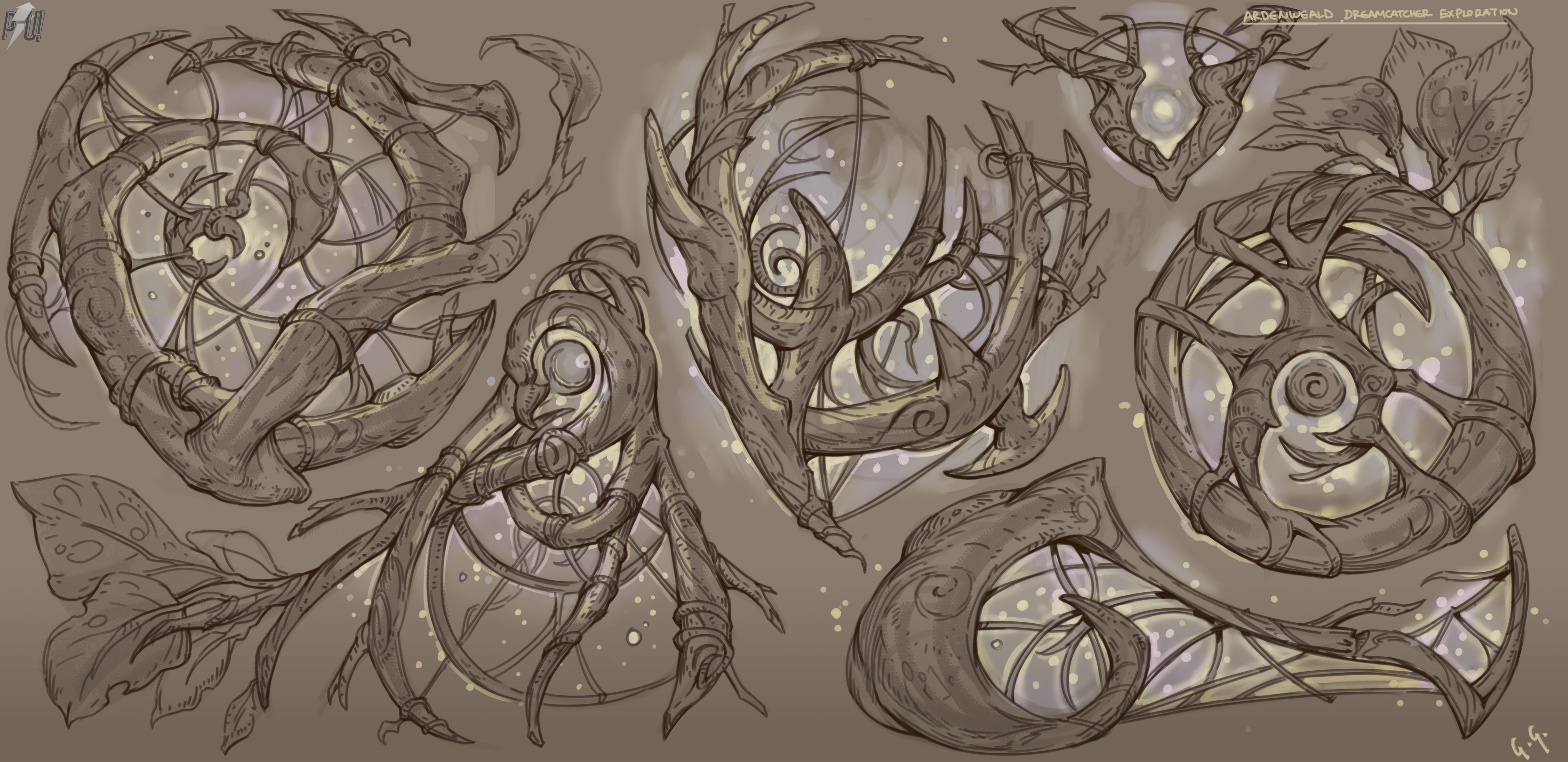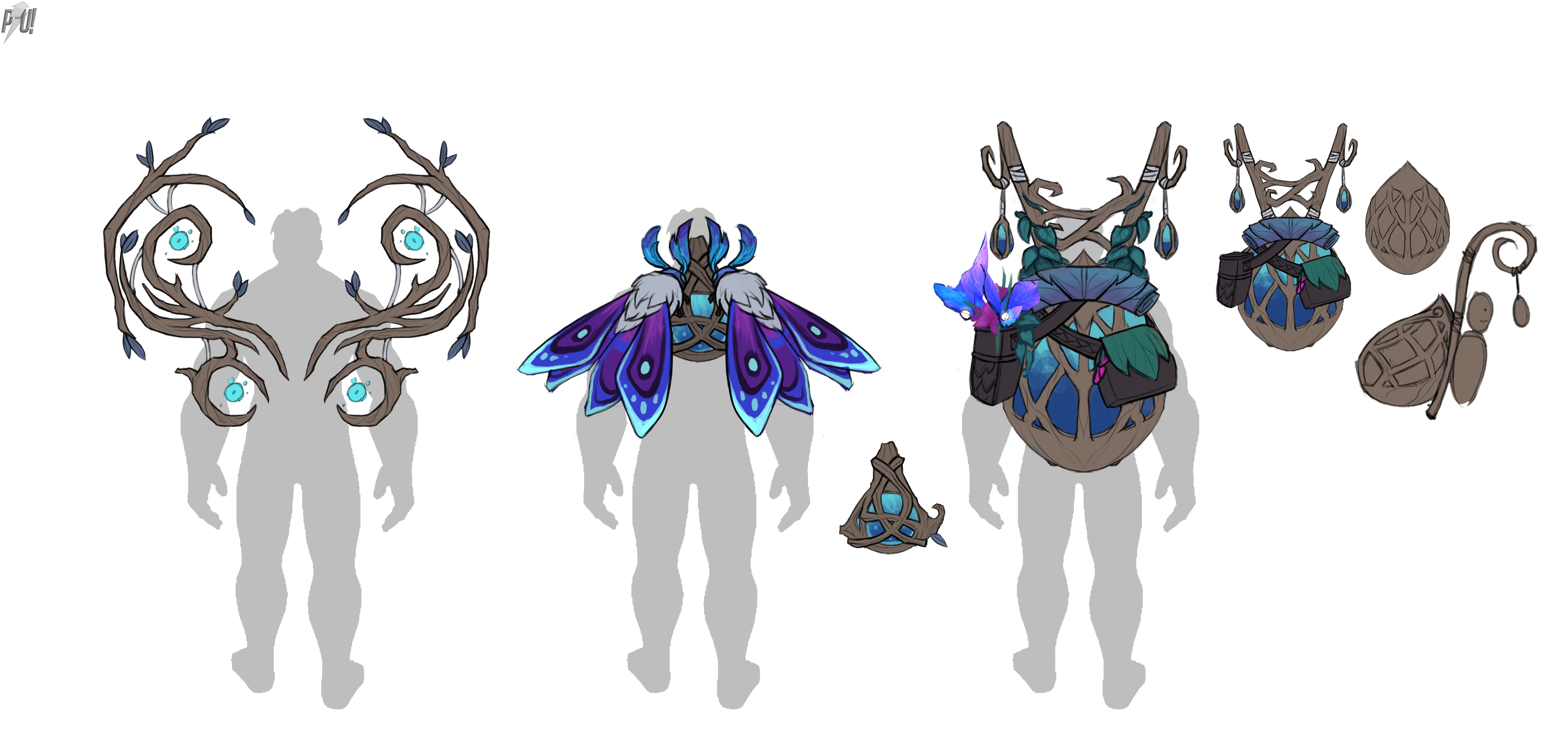With World of Warcraft’s eighth expansion, Shadowlands, on the horizon, we sat down with Art Director Ely Cannon to discuss bringing Ardenweald to life. Cannon, who has worked in Hollywood (Transformers, Spider-Man 3) and on Guild Wars has an enormous amount of experience working both with art and level design.
Ardenweald is one of five major zones being added to World of Warcraft: Shadowlands and Cannon was able to give us a huge amount of information about this zone. Being part of Azeroth’s afterlife means Ardenweald And the other zones, are a special, brand-new experience for World of Warcraft players. This gave Cannon a unique challenge but one that he relished.
In our chat we discussed the creation of Ardenweald, visuals and artistic design, Soulshaping and more.
World of Warcraft: Shadowlands

PowerUp! – Ardenweald is described as “a domain of restoration tended by the mystic night fae” and a place where “wild spirits return after their time on the mortal plane come to an end.” As an artist, how do you go about taking that description (or the description you were given) and turning it into a living breathing game space?
Ely Cannon – It’s an interesting process, and in this case, when we think about what restoration meant, it really translated into hibernation, and eventual rebirth. What we wanted to do is really capture the feeling or theme of a nursery.
In thinking about what it means to be in a nursery, we start to think about what does a baby’s nursery feel like? When we started to really delve into that, it started to become apparent that we wanted to capture something that was serene and peaceful. We had an additional theme of winter/fall playing into this as well so that we could create differentiation between this place and those other magical forests that we had done in the past, like the Emerald Dream, which really represented the spring and summer.
So, we pulled the winter/fall themes, as well as the hibernation and nursery themes together when we started a concept for this zone.
That let us really go down a pretty interesting direction. It not only informed the colour palettes of this zone, where we’re in cool tones, blues, and deep blue-greens, and purples, all of these very calming and peaceful, twilight-type colours that reinforce our themes. But it also really led us down this… really peaceful and serene vibe that reinforces the nursery themes. It reinforces the idea of slumbering and peacefulness. So, really all those themes came together when we started concepting and all of our concepts were driven through that lens.
PowerUp! – When creating and designing a new zone/area, how much freedom do you have and how far can you go with concepting before pulling back to fit the WoW style?
Ely Cannon – Concepting is actually one of the most enjoyable processes when we’re developing the art for the game, and the reason for it is because there’s really no limitation. One of the biggest goals for the concepting phase, or visual development, as we like to call it, is to explore as many ideas as possible, to cast our net extremely wide and to really just generate ideas.
We do that for a period of time, typically a couple of months at least. We’re doing just high-level brainstorming, and what we call blue sky, or visual development, to just get as many ideas as we can. Then we start really paring those ideas down and finding some core threads that we really like to follow.
In this case, some of that was colour palettes from one image, potentially a tree form from another, there was an image at one point that had those soul trees that eventually appeared in the zone that had the swirling canopies with the celestial landscape underneath them.
Without that free-form blue sky period in the beginning, ideas like this, and even colour palettes might not be exposed to us to make decisions on when we need them, and the ideas would not be as rich. So, really, we do it as long as necessary in order to gather the necessary ideas and come up with something that we feel solidly represents the theme. When that happens, that’s really when we switch and start trying to make it look like WoW.

PowerUp! – What’s new in Ardenweald that players can look forwards to seeing? For example, environmental elements, creatures, characters, visual effects etc.?
Ely Cannon – There’s a tonne of awesome things in Ardenweald. Of course, there’s an entirely new ecology of creatures. We have an entire ecology of Fae creatures that represent the Night Fae Covenant. You have the new Fauns, Dryads, Faeries, and Ents, the Sylvar, Vorkai, Faerie and Tirnenn. We have a tonne of awesome sky elements here.
The skybox is probably one of the most incredible that we’ve done before. We have enormous tree canopies that are animated in a way that we’ve never done before. They’re basically like giant dream catchers that are catching and distributing anima in the zone. Even new water effects that we’re using here to really capture that magical vibe.
There’s just a tonne of really interesting and new visual elements that we’ve brought to bear in order to create what is, I think, one of the most fantastic, and enchanting zones that we’ve ever created.
PowerUp! – Do you take inspiration from real-life and the real-world when designing? And if so, what has inspired Ardenweald?
Ely Cannon – We absolutely do. We do a lot of photo scouring initially as well, just to look at what the natural world has to offer. Nature is amazing and fantastic in and of itself. If you looked at the night skies in Northern England, or the Icelandic auroras, or even tree forms can be just amazing. So, we really do scour everything, and look for as many photo references as we can, because really, the world itself, the world that we live in, is one of our best resources for new ideas.
Also, by employing this type of reference, it gives us a great jumping-off point. As humans, we understand the things in the world around us, and so, if we use those as a basis for our designs, it tends to be more approachable for people.
It’s easier to understand, especially when we’re taking that to the next level and making it fantastic. Having a base that’s understandable first really goes a long way to helping the fantastic be believable and understandable.

PowerUp! – Players will have access to special armour in Ardenweald, as with designing the zone, what is the process of designing new armour and where do you draw inspiration?
Ely Cannon – So, this type of armour, since it was a Covenant armour, is fairly similar to something that we would do with a raid set. With raid sets or Covenant armour, really what we’re trying to do is draw on the major themes of the content that it’s associated with. This time, of course, with Ardenweald and the Covenant armours here, we’re trying to represent the Night Fae and the forest itself.
So, we’re pulling a lot of the thematic elements into the armour, including colours, design motifs, general shape language – by shape language I mean the leaves that we use for the scales, the antler forms that we’re using on helmets. These types of things we’re really drawing directly from this zone and its creatures, and trying to really draw a line of continuity between the zone and the armours that represent it. The reason being, with the Covenant specifically, we want the player to really feel like they can embrace the Covenant that they’re playing.
You want them to feel like they’re representative of it. Thus, that they look like they belong to it. Really controlling the visual so that it’s representative, and very much tied to themes and look of the zone is really what we’re trying to do here. So, we’ve done exactly what I said, pulling motifs from the characters, and the zone elements, plants, and other items in the zone, as well as the effects that we’re using, as well as trying to pull references from the creatures, where one armour might be more reflective of the Sylvar, another might pull some reference from the Gorm.
It just really… trying to pull those major themes from the zone into the armour, so you really feel like you’re part of the ecology of the place.

PowerUp! – We’ve learned that players can use Soulshape with special cosmetic forms. Can you give us an idea of what these may look like and what forms players may be able to take?
Ely Cannon – Yes, I can, and there is a tonne of them.
I’ll talk about just a few of them.
There is a moth form, which is pretty awesome, and we see some of these moths flying around the zone. There is a fox form, and there’s a bunch of others. There’s a horse form, there’s a lion-like form, there’s almost like a raptor-type form. But really, there’s so many, and each one of them has been kitted out, where it really, again, represents the style of creatures that we’ve seen in the zone. So, very much in the same colour themes with the same sorts of celestial markings on them as the creatures in the zone.
I think it’s going to be a really exciting feature for players to interact with and does give them a lot of agency in choosing the form that they want to take on. I named just a few, but there are so many more.
PowerUp! – Environmental storytelling is hugely important in gaming. How does the art in Ardenweald tell the story, inform the player and what sort of narrative content can players expect to find outside of the main quests?
Ely Cannon – It is definitely a huge part of what we do, using environmental storytelling. We would talk about this as world-building. It’s a combination of not only the elements that we’re using but the way that we are presenting them. That’s the difference between environmental storytelling and world-building.
Environmentally, we’re telling a story of a forest that is magically charged with anima, and now that anima is being drained away, and so, there’s a drought. Environmentally, what we’re saying here and showing is a physical change in the state of the forest from the fully energized areas, which are the deep blues, and deep blue-greens, and purples with aquamarine enchantment and energy of flowing off of it. And then, showing a transition into these areas that are waning, where we shift the colour, and we’re pulling in more burgundies, yellows, oranges, rusty-browns, all of these very natural tones and very fall-like colours.
This is a shift from our winter slumber into a world that’s exposed, a forest that’s exposed in a way that it shouldn’t be. This is a place that’s naturally at night-time, so removing leaves and exposing it to the sun is very contrary to what we would want for this place, what they would want to create a nursery where these great souls of the Loa and the Ancients can slumber for eternity and rejuvenate.
In doing that, we’re really trying to show this transitional state that this place is in, as it goes through this great drought, and then eventually into areas at the edges of the zone, where it really has been completely deprecated, all of the anima is has gone. We’re seeing the Gorm really take over and start to eat it away in a way that they’re not meant to.
So environmentally, that’s kind of the story we’re telling.
In a world building paradigm, what we’re trying to do really is to show the importance of the place and the importance of the groves themselves. So, you can see in the zone as you play through it certain groves have actually been protected, and there we’ll see a higher amount of spawning, we’ll see more care put into the way that we’re putting them together, and you actually see that those POIs, or points of interest, have actually been blown out a bit more and develop more to really show their importance.
That’s something that we are trying to definitely do is put that emphasis on those moments that really carry the story like those around the Queen’s Garden, or the Clay Banks in the north of the zone. These all tell very important parts of the story, and that’s really where we’ve focused a lot of our effort and let the rest of the forest just be a forest.

PowerUp! – How does Ardenweald compare to other traditional zones and what makes it so unique and special?
Ely Cannon – As far as forests go, a lot of the time we do try to create something that is very terrestrial and very naturalistic. We’ve seen this time and time again with our forests, even things like Ashenvale or…. gosh, Val’shara, even though it’s very magical, compared to a real forest, it’s still pretty normal and understandable for us. Well here, with Ardenweald, we really wanted to turn it up a notch, really embraced the magical nature of it, and tried to make sure that that was apparent everywhere in the zone.
One of the struggles that we had along the way was trying to create differentiation and show a drought of magic as we proceed through the zone from the fully anima-invested areas, to the waning, to the fully depleted areas. Trying to maintain that level of magic so that Ardenweald was differentiated from other forests that we had done in the past was a really important thing for us and something we spent a lot of time doing.
The level of investment of magic in the zone ended up working out very well and makes Ardenweald a very unique place. That’s evidenced in a lot of ways, from the tremendously beautiful skies with celestial star scapes all over the place, to the glowing and magical waters, and all of the bioluminescent hints in the plants as well.
It’s something that we really wanted to invest everywhere, just make it feel like it is completely engulfed in magic. Then, by contrast, start pulling that away to really tell that environmental story.
Thanks to Ely Cannon for his time.
World of Warcraft: Shadowlands will be available in 2020.


